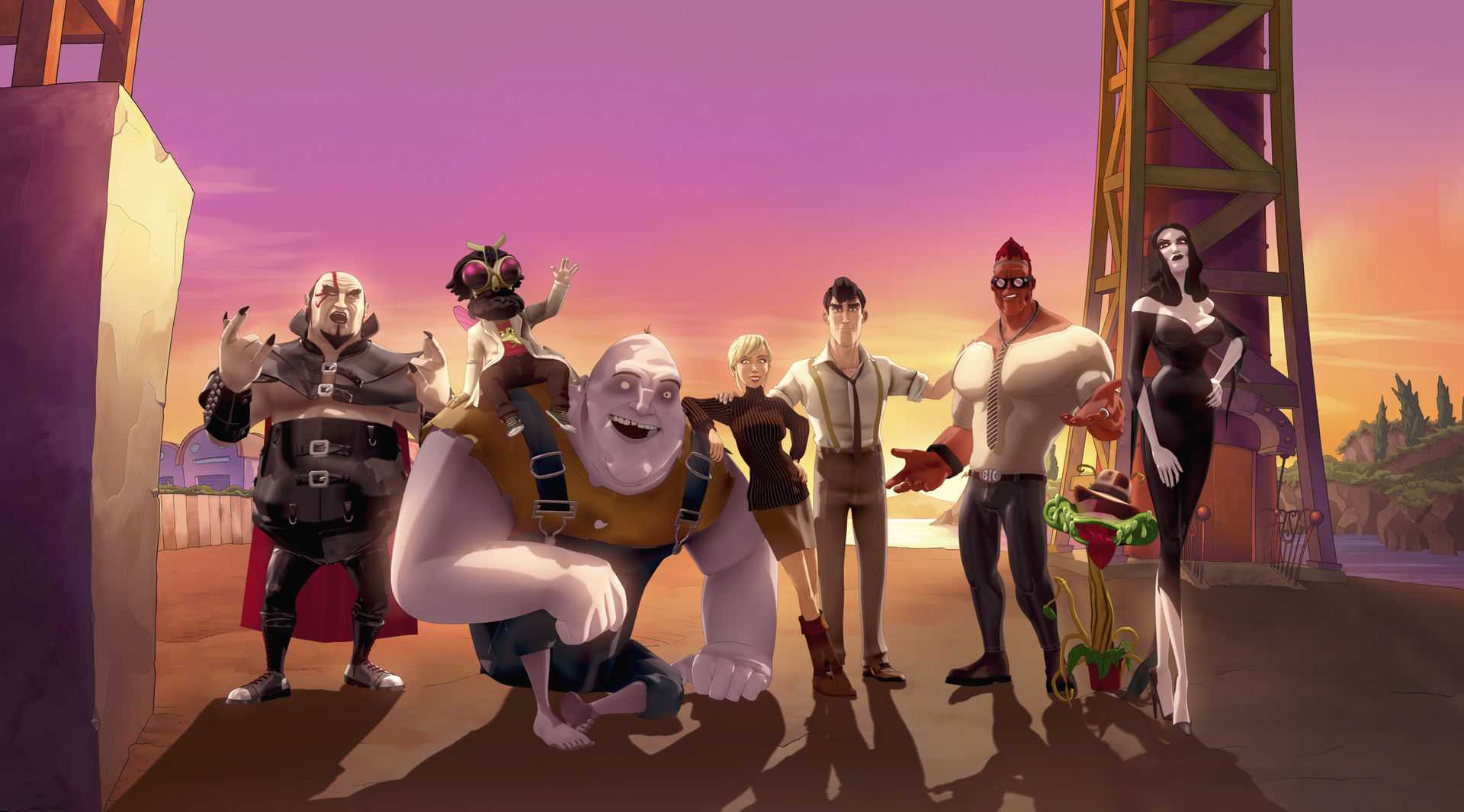

The idea of having all these various metrics for assessing the future is that each gives a different perspective - and a differing timeline. And we have early stage investment data of tech startups from 2015 to today.” In the next version, you’re going to have over 100 million, with a big focus on Chinese patents. “We’ve got over a trillion dollars in grant funding. “We have 100 million publications from around the world that have come from dozens of journals,” Tarraf told Digital Trends. The technology intelligence engine seeks to unearth and aggregate them. In other words, tomorrow’s technology has already been invented, but right now it’s hidden away in research labs, patent applications, and myriad other silos around the world. The futurist and science fiction writer William Gibson famously opined that the future is already here, it’s just not evenly distributed. Tarraf’s technology intelligence engine uses natural language processing (NLP) to sift through hundreds of millions of documents - ranging from academic papers and research grants to startup funding details, social media posts, and news stories - in dozens of different languages. Not only could this potentially help make money for his firm, but it could also, he suggested, illuminate some of the blind spots people have which may lead to bias. He wanted a more data-driven approach to forecasting that could help investors, governments, pundits, and anyone else to get a more accurate picture of the shape of tech-yet-to-come. Tarraf was fed up with incorrect predictions. You only need one Google or Facebook, or to have guessed right about the potential of smartphones back in, say, 2000, for all the incorrect predictions to fade into the distance. Venture capitalists have long hunted unicorns, meaning big billion-dollar companies, not just because they’re immensely profitable, but because they offset all the other mistakes they make. Jump forward five, 10, 15, 25 years and it’s all but impossible. We might have a reasonable idea of what the next six months will hold for tech, but this gets sketchier when we predict the year 2022 as a whole. Each unit of distance you look through fog, it will lose a certain fraction of the light.” But then if you want to see twice as far as that, you can’t see anything at all. “When you look a bit further, it’s fuzzier. “When you’re in fog, you can see short distances quite clearly,” he said. Geoff Hinton, one of the Nobel Prize-winning pioneers of artificial neural networks, once described the future to me as being akin to peering through fog. When they declared events to be a sure thing, more than one-quarter of them failed to transpire.” As David Epstein’s 2019 article for The Atlantic, “ The Peculiar Blindness of Experts,” notes of the study: “When experts declared that future events were impossible or nearly impossible, 15% of them occurred nonetheless. A famous 20-year study of experts, comprising 82,361 probability estimates about the future, were almost all wrong. It’s no secret that most predictions are terrible.

It certainly can’t be worse than much of what we have today. “I think it’s a terrible name, but for now it’ll have to do.” “I call it the technology intelligence engine,” said Giorgio Tarraf, the bearded, yet boyish, 33-year-old who built the new model. Chris DeGraw/Digital Trends, Getty Images “We make sense of tomorrow, today,” claims the website of the small company, which has been doing its smart technological guesswork (with humans instead of A.I.) since 1978. The figures come from a massive new artificial intelligence forecasting engine built by the French intelligence firm, L’Atelier. If you want to get a sense of which technologies will be shaping our future in the years to come, this probably isn’t a bad starting point. These, in descending order, are the top 10 most-invested-in emerging technologies in the United States, as ranked by number of deals.


 0 kommentar(er)
0 kommentar(er)
